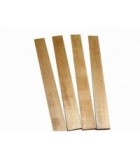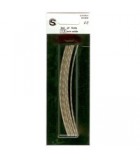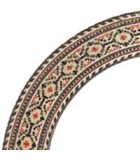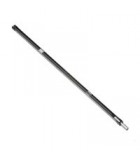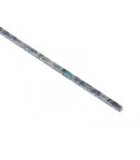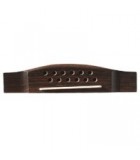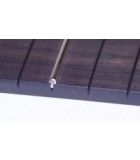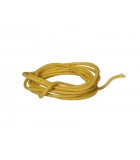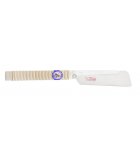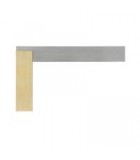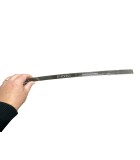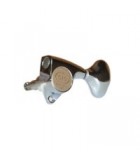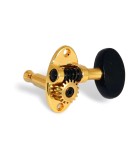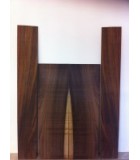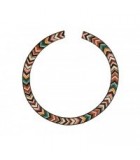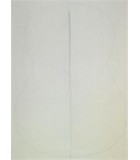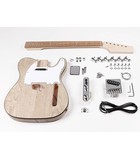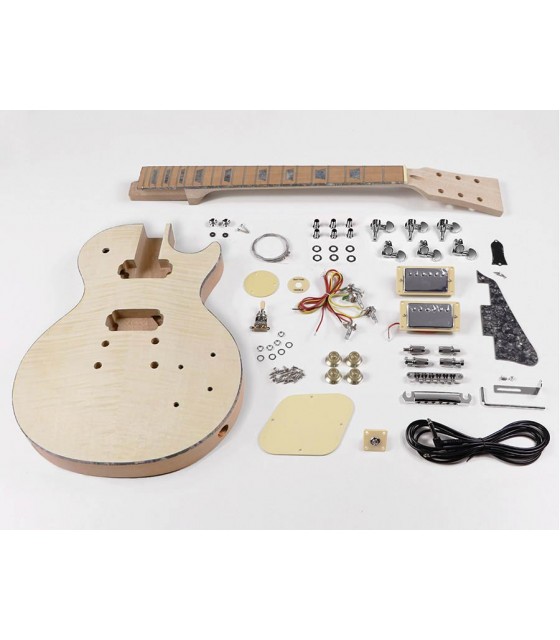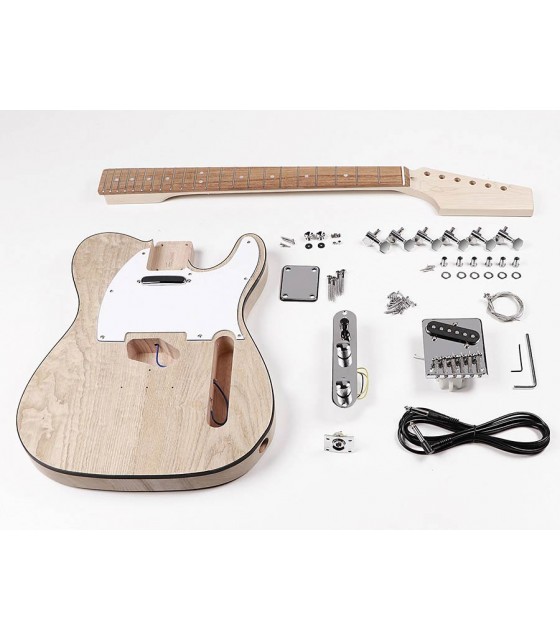Jose Romanillos concert guitar plan
Plan for making Jose Romanillos concert guitar
Description
These are detailed, full size plans of guitars by famous makers. Each plan is accurately drawn, and is based on a careful examination of the instrument concerned. They include all information needed to build a reproduction. Scale lengths are all 650 mm unless otherwise stated.
Each plan is printed on three separate sheets of A2 paper (600 mm x 450 mm) :
Sheet One : Construction Notes, Rosette design, Bridge, Head, Neck Joint
Sheet Two : Soundboard and Strutting
Sheet Three : Neck, Fingerboard, Section through Body
Jose Romanillos has a well-deserved reputation as the finest guitar maker working in the United Kingdom in recent years. From the 1970s, when he collaborated closely with the guitarist Julian Bream, Romanillos´ guitars began to be appreciated all over the world. Not only did he start making guitars with superb tonal qualities, but his supreme craftsmanship was unrivalled. Of particular note is his remarkably beautiful rosette design, now copied by many new makers (see the Picture Gallery on this website). He based his work closely on earlier guitars by Torres and Hauser, but went on to introduce his own innovations in design, finally achieving what he describes as "the true Spanish sound".
I asked Jose Romanillos to explain how he sees the difference between the Spanish guitar and other early European guitar designs:
"The Spanish guitar was much more lightly built. Also, the strutting was different - the European makers used several transverse bars across the soundboard, rather than fan struts. The pitch and resonance of the soundboard will be much higher if it has been tightened with transverse bars. Fan struts allow a lower pitch. That is why, in my view, the Spanish prototype (Torres) became preferred to the European." (taken from a conversation with Romanillos printed in Making Master Guitars)
Jose Romanillos has developed several innovative strutting designs, but always closely based on the principles of Torres. For the guitar maker who has constructed a few guitars refering to the Torres plan, it is suggested that the Romanillos plan would be an ideal one to move on to, as it provides a greater challenge due to its complexity of design. The plan in fact gives two different strutting designs that Romanillos has used over the years, enabling the guitar maker to study closely the work of the greatest British-based guitar maker of the 20th century.
Expéditions et retours

Commandes à partir de 150 € et plus, livraison gratuite aux Pays-Bas et à partir de 199 €, livraison gratuite en Belgique et en Allemagne !
Commandé avant 16h00 et le produit est en stock ? Le colis sera envoyé le jour même.
Nous utilisons PostNL avec Track&Trace pour tous nos colis.

Frais d'expédition aux Pays-Bas :
Colis boîte aux lettres jusqu'à 2 Kg. 4,50 €
Colis jusqu'à 30 Kg. 7,50 €
Frais de port pour la Belgique et l'Allemagne :
Colis de 1 à 30 Kg. 9,50 €
Commandes à partir de 199 €,- livraison gratuite en Belgique et en Allemagne !
Frais de port pour l'Europe :
Colis jusqu'à 10 kg. 19,50 €
Pour plus d'informations sur l'expédition à votre porte, indiquez votre adresse et les frais d'expédition seront calculés automatiquement pour votre région/pays.
Y a-t-il quelque chose qui ne va pas avec votre envoi, veuillez nous le faire savoir à support@gitaarbouwwinkel.nl
Avis des clients Tous les avis
Résumé
0
(0 Avis des clients)
Sélectionnez une ligne ci-dessous pour filtrer les avis.
-
5(0)
-
4(0)
-
3(0)
-
2(0)
-
1(0)
Aucun avis n'a été publié pour le moment.




